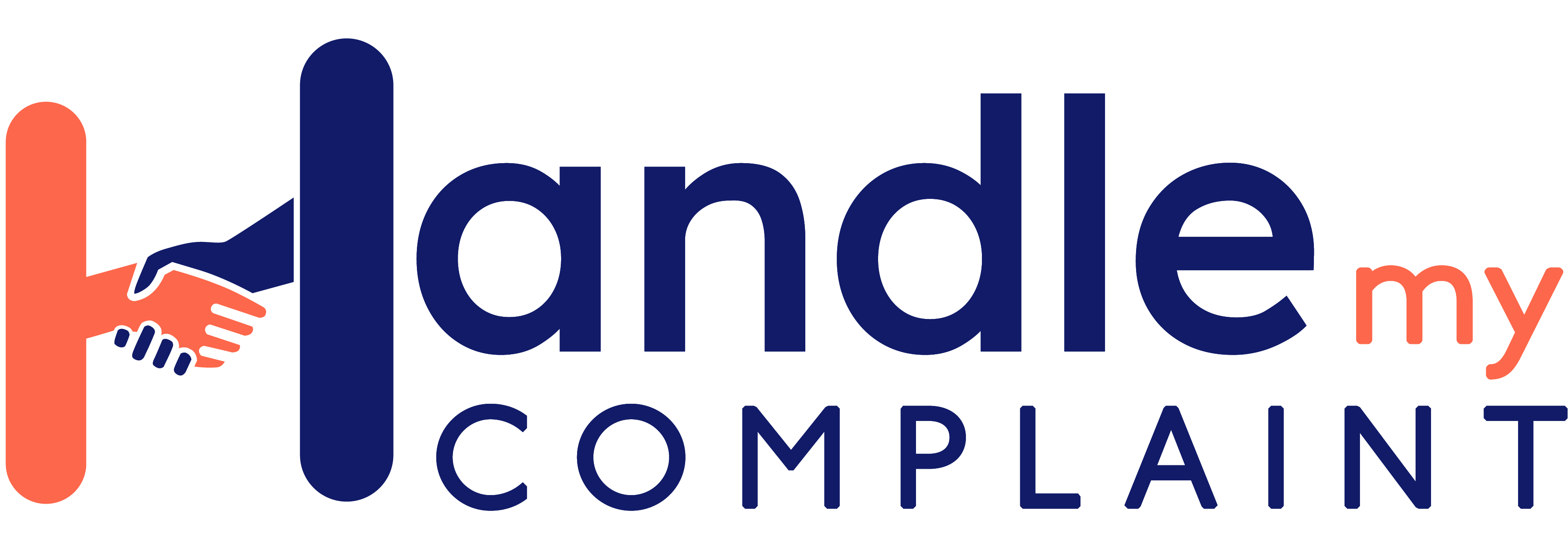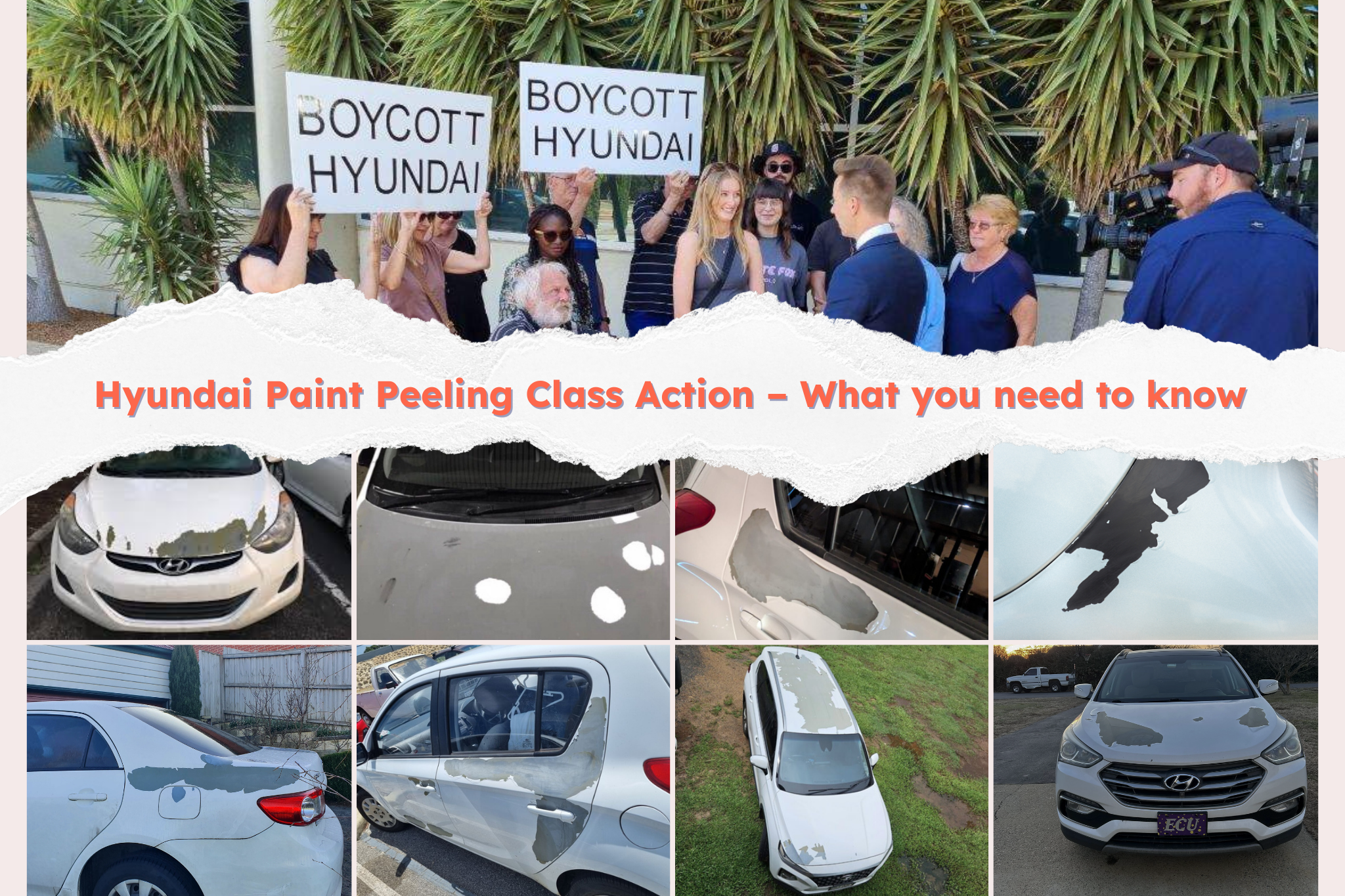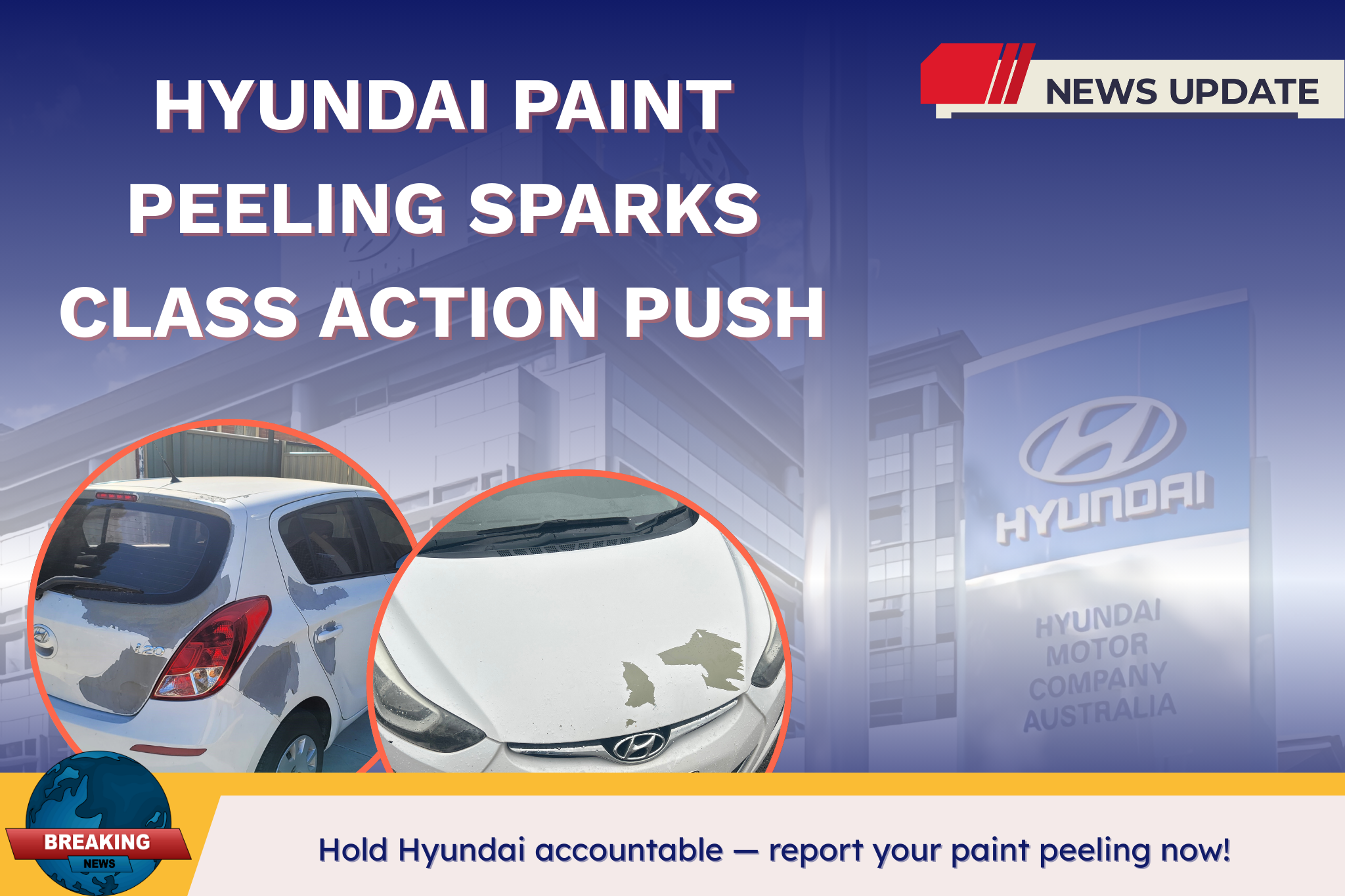
Understanding class actions
Last updated on July 1st, 2025
If you’ve watched any legal dramas on TV, you’ll have heard of class actions. You may have even read about some of the record settlements that have come out of real-life cases. But how much do you know about them? Understanding class actions gives you a better idea of your legal rights and avenues for compensation if you have been wronged.
What is a class action?
A class action is a legal proceeding in which one person – known as the lead plaintiff or representative plaintiff – brings a claim on behalf of a bigger group for a shared wrong.
While individuals might not be able to afford to fight a company for compensation in the courts, they are much stronger as a group. A class action can decrease the burden on individuals while increasing the chance of a successful outcome.
They are also a powerful way to hold large companies and institutions with deep pockets to account. The world’s biggest class action settlement – a whopping $US206 billion - forced major tobacco companies to compensate 46 American states for tobacco-related healthcare costs.
The evolution of class actions in Australia
Class actions were introduced in Australia in 1992, in the wake of a report by the Law Reform Commission recommending a grouped procedure that would enhance access to legal remedies, promote more efficient use of resources and enable individuals to seek redress in a cost-effective way.

Early class actions included two against Melbourne Aquarium over Australia’s largest outbreak of legionnaires’ disease and one against AG Australia Holdings for misleading shareholders about the true value of shares.
By the end of 2023, close to 1000 class actions had been filed across all Australian courts. According to a report by legal firm KWM, there were 44 new class actions filed in the year to 30 June 2024, including claims about insurance products, motor vehicle performance, extended warranties, and travel credits.
Different types of class actions
Class actions can be brought in almost any area of law and across a broad range of issues, including but not limited to:
-
- Consumer - Breaches of consumer protection laws by a company or organisation, such as the suit filed against Coles and Woolworths on behalf of shoppers “misled by supposed discounts”.
- Employment – Underpayment, like the record $230 million class action settlement for junior doctors in NSW, workplace discrimination, unfair dismissal or other employment issues.
- Environmental – Damage or loss experienced through events such as toxic spills or pollution, as well as disasters that could have been avoided, such as the 2011 Queensland floods, which resulted in a $440 million approved settlement.
- Financial product – Financial institutions misleading consumers about products or services, or engaging in unconscionable conduct, as seen in the ANZ credit card class action, which settled for $57.5 million.
- Product liability – Manufacturers, importers or suppliers for defective products, such as the DePuy hip implants that resulted in a $250 million settlement.
- Shareholder – Loss of investments through misconduct or negligence, though several high-profile shareholder class actions have failed in the past few years.
Starting a class action
You need to know that at least seven people will have a claim against the same defendant or defendants to start a class action. There is no upper limit to the number of people involved but the claims must relate to the same or similar circumstances and have at least one substantial common issue of law.

While anyone can start proceedings on behalf of a group, class actions are usually handled by legal firms due to the expense and complexity of running them. Some firms operate on a no-win, no-fee basis, which means you can seek compensation without bearing the weight of class action costs.
Once a lead plaintiff has been secured, the legal team gathers evidence to file a class action in court. A judge will then set a timetable for expert evidence, discovery, case management and mediation. Ordinarily, anyone who meets the criteria is automatically a member of the class action, however, the court will also issue opt-out orders to publicise the proceedings and give members the chance to formally withdraw.
If settlement cannot be reached through mediation, the case will go to trial, which will result in a finding either for or against the plaintiff.
While joining a class action may cost you nothing, it’s important to know that they can take a long time to even get to court. Being part of a successful class action, even one that awards millions to the plaintiffs, does not necessarily mean you will receive a large windfall, either. Aside from the legal fees, class actions are often underwritten by external funders, who receive a commission of any settlement for the risk they take.
Our role in class actions
Handle My Complaint has helped facilitate several class actions. Our complaints system enables us to quickly identify patterns in complaints that suggest something much bigger is going on, while our relationship with customers helps to build trust with potential lead plaintiffs.
We worked closely with hundreds of Hyundai owners who experienced a range of issues with their cars, including losing power at speed and catching fire in the garage. The car manufacturer is now the subject of two class actions, alongside Kia, in the Australian courts.
Handle My Complaint has also been raising awareness about extended warranties or “junk add-ons" which we say don’t offer consumers any more protection than they are already entitled to under Australian Consumer Law. Maurice Blackman launched a class action against JB Hi-Fi in late 2023, alleging the electronics retailer used misleading or deceptive conduct when selling the extended warranties.
As consumer advocates, we are always looking for ways to ensure you get just recompense for loss or damages. If you feel powerless, make a complaint with us – you might find you are no longer alone in your quest for justice.






